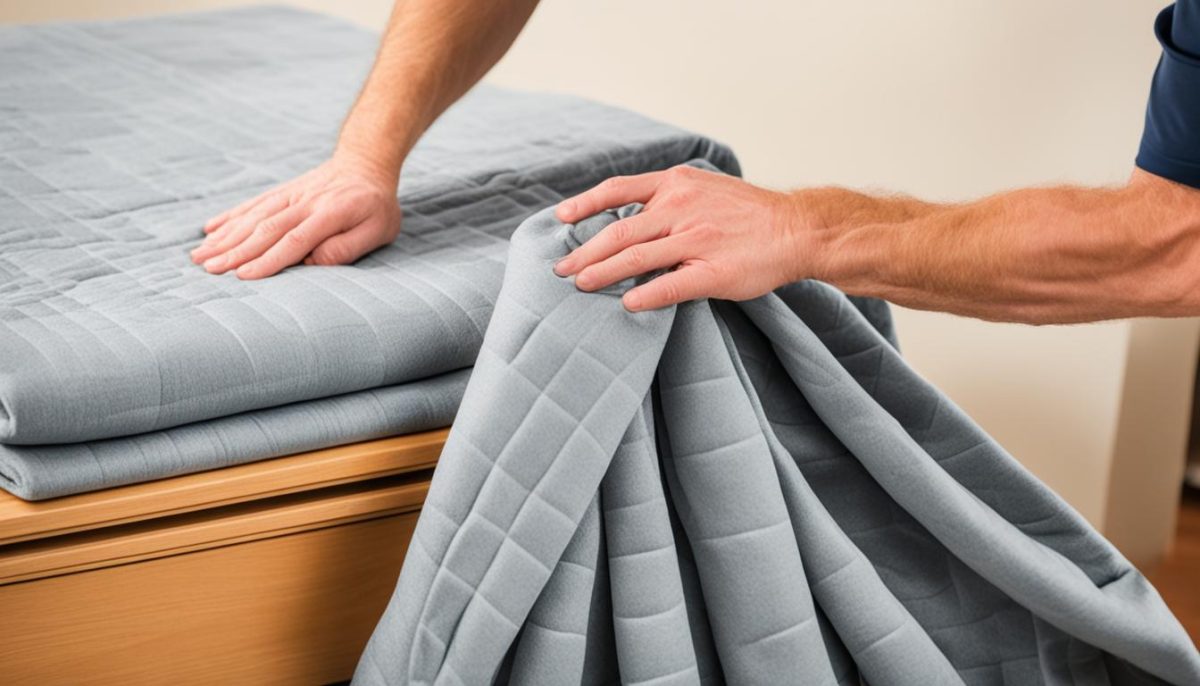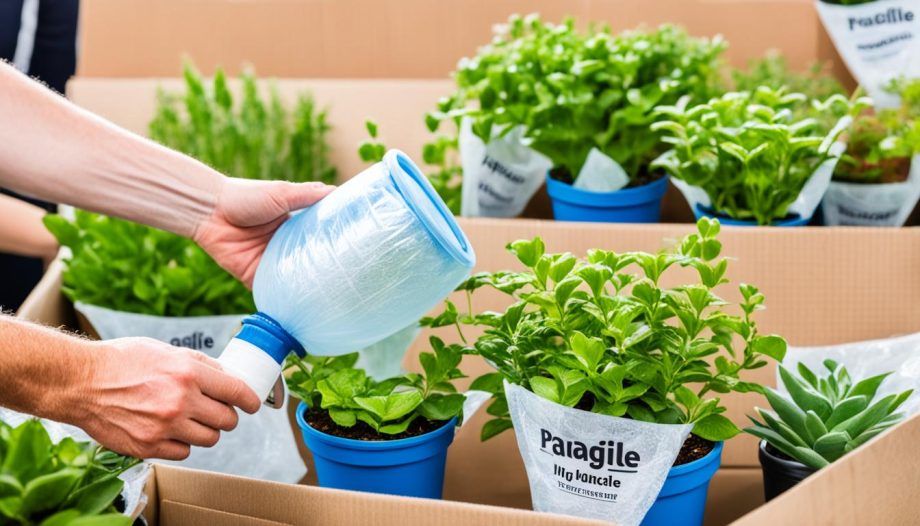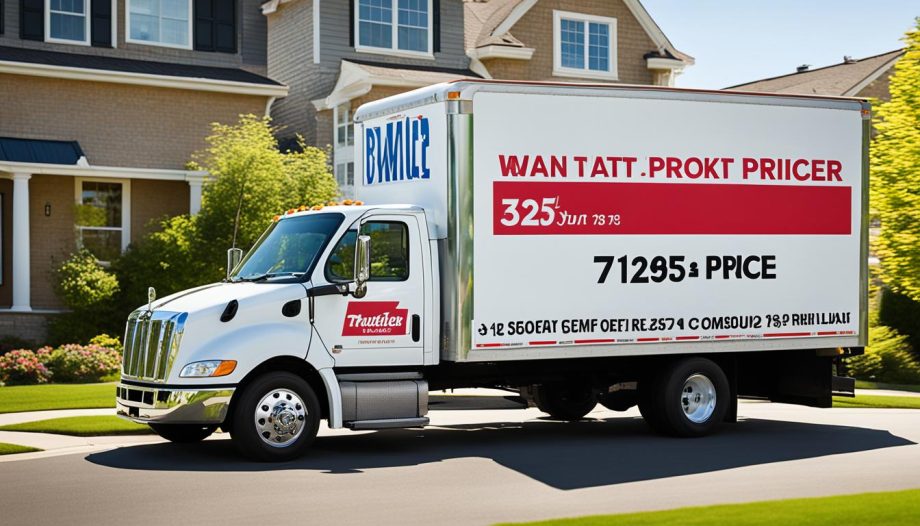In this section, we will discuss the best techniques to wrap furniture when moving to ensure the safety of your items during the relocation process. Follow these easy-to-follow tips to keep your furniture well-protected.
Relocating can be a stressful experience, but taking the time to properly wrap your furniture is essential to prevent any damage during transit. Whether you’re moving to a new home or rearranging your living space, protecting your furniture should be a top priority.
Before we delve into the specifics, it’s crucial to gather the necessary supplies to ensure a seamless wrapping process. Prepare items like moving blankets, bubble wrap, packing tape, plastic wrap, and furniture protectors. Having these supplies readily available will make the task easier and more efficient.
When it comes to wrapping furniture, using moving blankets is a tried-and-true method to safeguard your valuable pieces. Learn how to properly wrap different furniture items such as sofas, tables, and chairs with moving blankets to provide maximum protection against scratches, dents, and other types of damage.
However, delicate items and furniture with glass surfaces require extra care. Bubble wrap and plastic wrap are excellent options to secure these fragile pieces effectively. Discover the step-by-step guide to using bubble wrap and plastic wrap to protect your delicate items during transportation.
By following these techniques and utilizing the right supplies, you can ensure that your furniture arrives at its destination in pristine condition. Don’t compromise the integrity of your valuable pieces—take the necessary precautions and wrap your furniture properly for a seamless moving experience.
Gather the Necessary Supplies
Before you start wrapping your furniture, make sure you have all the necessary supplies handy. Having the right furniture moving supplies will make the wrapping process smoother and more efficient, ensuring the protection of your valuable items during the relocation.
- Moving Blankets: These heavy-duty blankets provide cushioning and protection for your furniture against scratches and bumps. They are particularly useful for larger items like sofas, dining tables, and bedroom sets.
- Bubble Wrap: Use bubble wrap to protect delicate surfaces, such as glass tops, mirrors, or fragile ornaments. It acts as a buffer against impact and helps minimize the risk of damage during transportation.
- Packing Tape: Strong packing tape is essential for securing the wrapping materials in place. It ensures that the blankets, bubble wrap, and plastic wrap stay intact and offer maximum protection to your furniture.
- Plastic Wrap: Plastic wrap or stretch film is ideal for wrapping smaller pieces of furniture or items with complex shapes. It provides an extra layer of protection, preventing dust, dirt, or moisture from reaching your furniture.
- Furniture Protectors: These specially designed covers provide added protection to specific furniture pieces, such as mattresses, couches, or dining chairs. They are easy to slip on and help keep your furniture clean and damage-free throughout the moving process.
Gathering these essential supplies before you start wrapping will ensure that you have everything you need at your fingertips. This will save you time and effort, allowing for a smoother and more organized furniture wrapping experience.

Wrap Furniture with Moving Blankets
When it comes to moving furniture, protecting it from scratches, dents, and other damage is essential. One of the most effective ways to safeguard your furniture during a move is by wrapping it with moving blankets. These blankets are designed specifically for the purpose of cushioning and providing a protective layer for your valuable items.
Whether you’re moving a sofa, table, or chairs, learning the proper technique for wrapping furniture with moving blankets is crucial. By following these steps, you can ensure that your furniture remains in pristine condition throughout the moving process:
- Clean and disassemble the furniture, if possible. This will make the wrapping process easier and more efficient.
- Start by placing a moving blanket on the floor and positioning the furniture in the center.
- Fold the corners of the blanket over the furniture and overlap them to create a snug fit.
- Secure the blanket in place using furniture straps or packing tape. This will prevent it from slipping or coming undone during transit.
- Repeat the process for each piece of furniture, ensuring that all surfaces are fully covered and protected.
Remember to pay extra attention to delicate areas, such as corners, legs, and glass surfaces, by adding additional layers of padding or using bubble wrap to provide extra protection.
Benefits of Wrapping Furniture with Moving Blankets
Wrapping your furniture with moving blankets offers several advantages:
- Protection: Moving blankets provide a thick layer of cushioning to safeguard your furniture against scratches, dents, and other damage during transportation.
- Versatility: They can be used to wrap a variety of furniture items, including sofas, tables, chairs, and more.
- Reusable: Moving blankets are durable and can be reused for future moves or repurposed for other household needs.
- Cost-effective: Investing in moving blankets is an affordable way to protect your furniture and save money compared to potential repair or replacement costs.
By taking the time to wrap your furniture with moving blankets, you can have peace of mind knowing that your prized possessions will arrive at your new location safely and damage-free.

| Furniture Item | Moving Blanket Size |
|---|---|
| Sofa | 4-6 moving blankets |
| Dining Table | 2-4 moving blankets |
| Chairs | 1-2 moving blankets per chair |
Secure with Bubble Wrap and Plastic Wrap
When it comes to protecting delicate items and furniture with glass surfaces during a move, the use of bubble wrap and plastic wrap is crucial. These additional layers of protection will help safeguard your valuable possessions and prevent any potential damage during transportation. Follow our step-by-step guide below to securely wrap and protect your furniture items.
Start by wrapping delicate or glass surfaces with a layer of bubble wrap. Bubble wrap provides cushioning and absorbs shocks, ensuring that fragile parts remain intact throughout the journey. Wrap the bubble wrap around the surfaces, making sure to cover every vulnerable area.
Once the bubble wrap is in place, use plastic wrap to secure it further. Plastic wrap acts as an additional protective layer, keeping the bubble wrap in place and providing a tight seal. Begin wrapping the plastic wrap around the furniture item, ensuring that all sides and corners are covered.
Continue wrapping the plastic wrap tightly, overlapping the layers to strengthen the overall protection. Pay special attention to any protruding or fragile parts, such as corners or handles. Secure these areas with extra layers of plastic wrap for added reinforcement.




